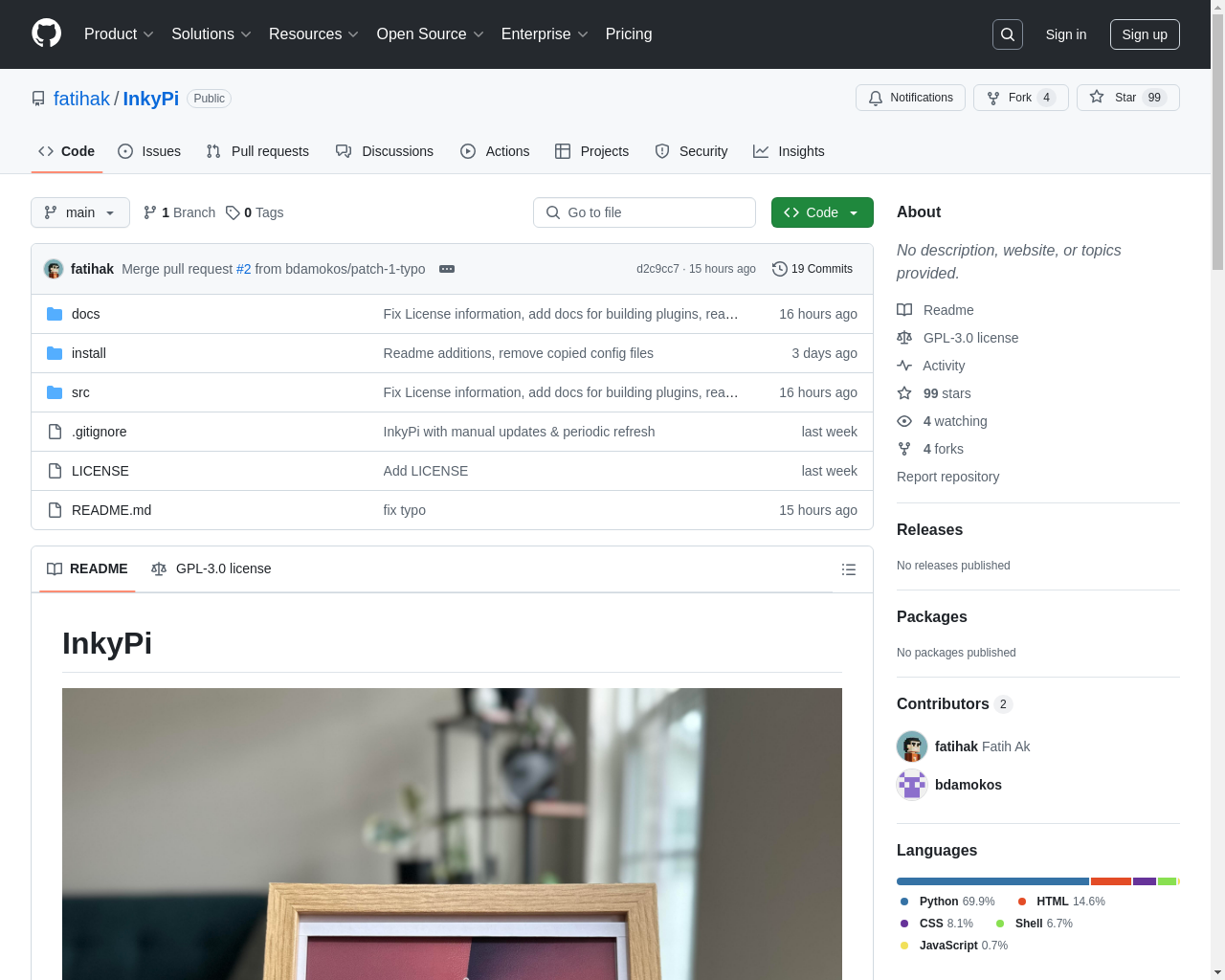

Highlight 1
The application supports a variety of useful plugins, making it versatile for different display needs, such as image upload and AI text prompts.
Highlight 2
The open-source nature encourages community engagement, allowing users to create their plugins and enhance the overall functionality.
Highlight 3
Utilizing a web-based interface simplifies the customization process, allowing for easy updates and customization from any device.

Improvement 1
The installation process could be streamlined with a more guided setup tutorial, possibly with a step-by-step video for beginners.
Improvement 2
Expanding the range of supported plugins could attract a wider audience and enhance user experience.
Improvement 3
Enhancing the user interface for better navigation and intuitiveness can help improve accessibility and usability.
Product Functionality
Consider adding a gallery feature for users to showcase their custom plugins and displays.
UI & UX
Improve the navigation design of the web interface to ensure users can easily access different features without confusion.
SEO or Marketing
Implement a dedicated marketing strategy focusing on DIY enthusiasts and makerspaces to increase visibility and community engagement.
MultiLanguage Support
Add multi-language support to cater to a wider audience, especially in regions where interest in DIY electronics is growing.
- 1
What components do I need to build InkyPi?
You will need a 7.3 inch 7-color Inky Impression by Pimoroni, a Raspberry Pi Zero 2 W, an Ikea picture frame, a MicroSD card, and a Micro USB cable for power.
- 2
How can I upload images to the InkyPi?
Images can be uploaded using the web UI hosted on the Raspberry Pi, which allows simple image uploads for display on the E-Ink screen.
- 3
Is InkyPi open source?
Yes, InkyPi is open source, enabling users to build custom plugins or contribute to the existing project on GitHub.
